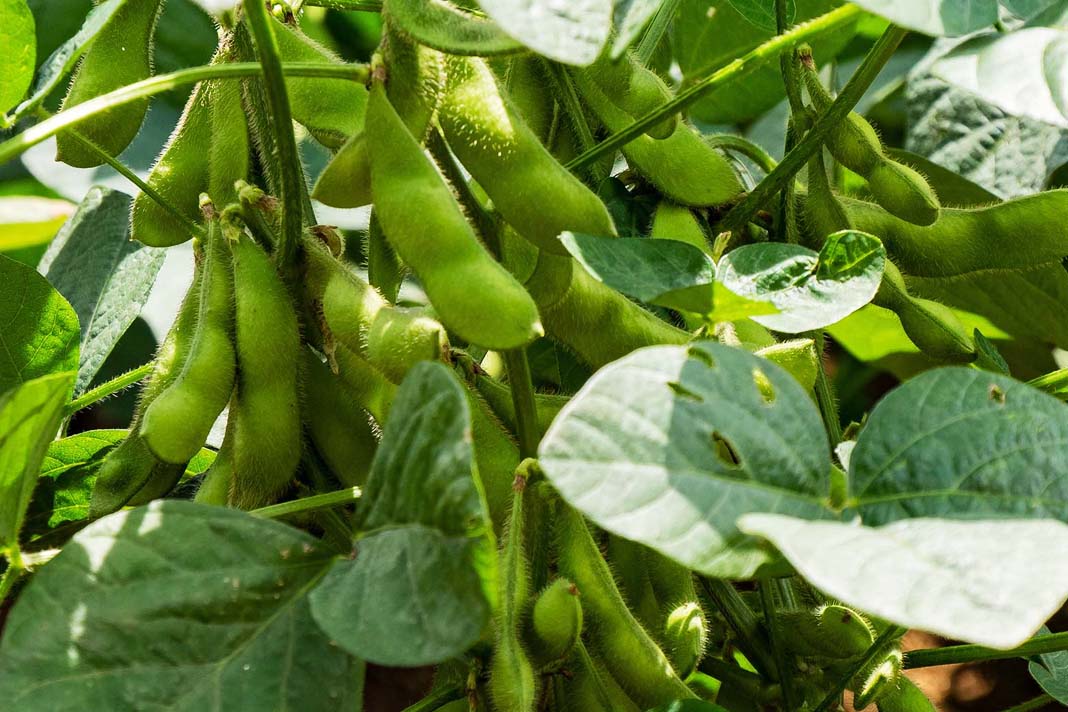Control of Soy Rust in Brazil May Pose a Significant Challenge

Embrapa has confirmed 13 cases of soybean rust in commercial soybeans in Brazil. Parana state registered 11 cases and Sao Paulo registered 2 cases. Last year at this time, there were 2 cases. The five-year average is 16 and the 18-year average is 24. The worst year was the 2015-16 growing season when 92 cases had been reported. The best year was 2007/08 when no cases had been reported by this time.
After a relatively mild winter without hard freezes and heavy rainfall during September, October, and November, Brazilian scientists are concerned that the 2023/24 growing season could be a bad year for soybean rust, especially in southern Brazil.
The state of Parana has 180 spore collectors spread throughout the state and 75 have already indicated the presence of rust spores with the most in the western part of the state followed by central and northern regions. Rust usually does not infect soybeans until the plant starts to flower and the Department of Rural Economics (Deral) reported earlier last week that 25% of the soybeans in the state have started to flower. As more soybeans enter their reproductive stage, the number of soybean rust cases are expected to increase significantly.
Farmers are being advised to stay alert for reports of rust spores in their area and be prepared to apply a preventative application of an approved fungicide as soon spores are detected.
One of the difficulties in controlling rust is the fact that the fungicides are contact fungicides and not systemic. That means they must be applied at regular intervals to keep the disease under control as new leaves emerge at the top of the plant. During periods of frequent rain, such as what is being experienced this year, farmers may not be able to spray at the appropriate time, allowing the disease to advance in the crop. Additionally, if there are frequent rains immediately after application, the fungicides may be less effective.
Brazilian farmers have generally done a good job controlling rust in recent years, but the persistent rainfall in southern Brazil thus far this growing season resulting from La Nina, may pose a significant challenge to controlling the disease.

Read also
Wheat in Southern Brazil Impacted by Dry Weather and Frosts
Oilseed Industry. Leaders and Strategies in the Times of a Great Change
Black Sea & Danube Region: Oilseed and Vegoil Markets Within Ongoing Transfor...
Serbia. The drought will cause extremely high losses for farmers this year
2023/24 Safrinha Corn in Brazil 91% Harvested
Write to us
Our manager will contact you soon



